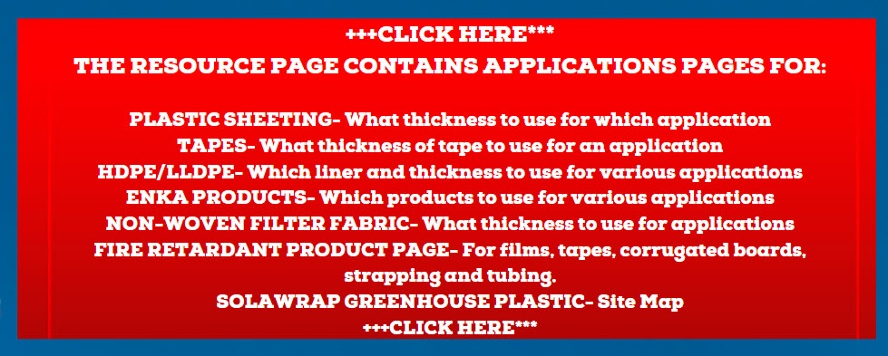Temporary Enclosures for Construction: Protecting Progress and Safety
Construction sites are dynamic, bustling hubs of activity, but they also present unique challenges, including the need for temporary enclosures. These enclosures serve a crucial role in safeguarding both the construction project and the people involved. In this blog, we'll delve into the world of temporary construction enclosures, offering insights into their importance, applications, and best practices.
Why Are Temporary Enclosures Necessary?
**1. Weather Protection: One primary purpose of temporary enclosures is to shield construction sites from adverse weather conditions. Rain, snow, wind, and extreme temperatures can all impact construction progress and worker safety. Enclosures keep these elements at bay.
**2. Dust and Debris Control: Construction generates dust and debris, which can affect nearby environments, including residential areas. Enclosures help contain these particles, mitigating their impact on air quality and neighboring properties.
**3. Security: Temporary enclosures act as security barriers, preventing unauthorized access to construction sites. This is crucial for safety and to prevent theft or vandalism of equipment and materials.
Applications of Temporary Enclosures:
**1. Scaffold Enclosures: Scaffolding often requires enclosures to protect workers from falls, wind, and inclement weather. Enclosed scaffolding also helps maintain a controlled environment for specialized tasks.
**2. Construction Tents: Large construction projects may use tents to enclose work areas. These tents offer shelter from weather conditions and can house equipment, materials, or temporary offices.
**3. Dust Barriers: In renovation projects, dust barriers are essential to isolate construction areas from occupied spaces. They minimize the spread of dust and debris, ensuring the safety and comfort of building occupants.
**4. Containment Structures: For projects involving hazardous materials or contaminants, containment structures are used to prevent their escape into the environment. These structures ensure compliance with safety regulations.
Best Practices for Temporary Enclosures:
**1. Material Selection: Choose enclosure materials that are durable, weather-resistant, and fire-rated when necessary.
**2. Proper Installation: Ensure that temporary enclosures are installed securely to withstand environmental factors. Proper anchoring and sealing are essential.
**3. Ventilation: Enclosures should have adequate ventilation to prevent stagnant air, especially when housing equipment or workers.
**4. Safety Considerations: Implement safety measures such as guardrails, access points, and signage to protect workers and passersby.
Temporary enclosures serve various purposes, from construction sites to outdoor events and renovations. Plastic sheeting is a popular choice for creating these enclosures due to its versatility, cost-effectiveness, and ease of installation. Here are some common plastic sheeting options used for temporary enclosures:
-
Polyethylene (Poly) Sheeting: Poly sheeting is one of the most commonly used materials for temporary enclosures. It is available in various thicknesses (measured in mils) and can be clear or colored. Poly sheeting is lightweight, easy to handle, and cost-effective. It provides a basic barrier against dust, debris, and weather conditions.
-
Fire-Retardant Poly Sheeting: In situations where fire safety is a concern, fire-retardant poly sheeting is used. It is designed to inhibit the spread of flames and meets fire safety regulations. This type of sheeting is often required on construction sites and in indoor events.
-
String-Reinforced and Fire Retardant String ReinforcedPoly Sheeting: This type of poly sheeting includes embedded nylon strings within the material. These strings improve tear resistance and overall durability, making it suitable for long-term enclosures on construction sites.
-
Plastic Tarps: While not traditional sheeting, plastic tarps are often used for temporary enclosures due to their portability and ease of use. They are available in various sizes and colors, making them suitable for a wide range of applications.
-
High-Density Polyethylene (HDPE) Sheeting: HDPE sheeting is known for its durability and resistance to chemicals and moisture. It is often used for temporary enclosures in industrial settings where extra protection is required against harsh elements and chemicals.
The choice of plastic sheeting for a temporary enclosure depends on the specific requirements of the project, including durability, fire resistance, weather resistance, and tear resistance. Each type of sheeting has its own advantages, making it important to select the most suitable option for the intended application.
Temporary enclosures for construction sites are more than just physical barriers; they are guardians of progress, safety, and quality. By understanding their significance and applying best practices, construction professionals can ensure that their projects move forward smoothly and with due regard for the well-being of all involved.



